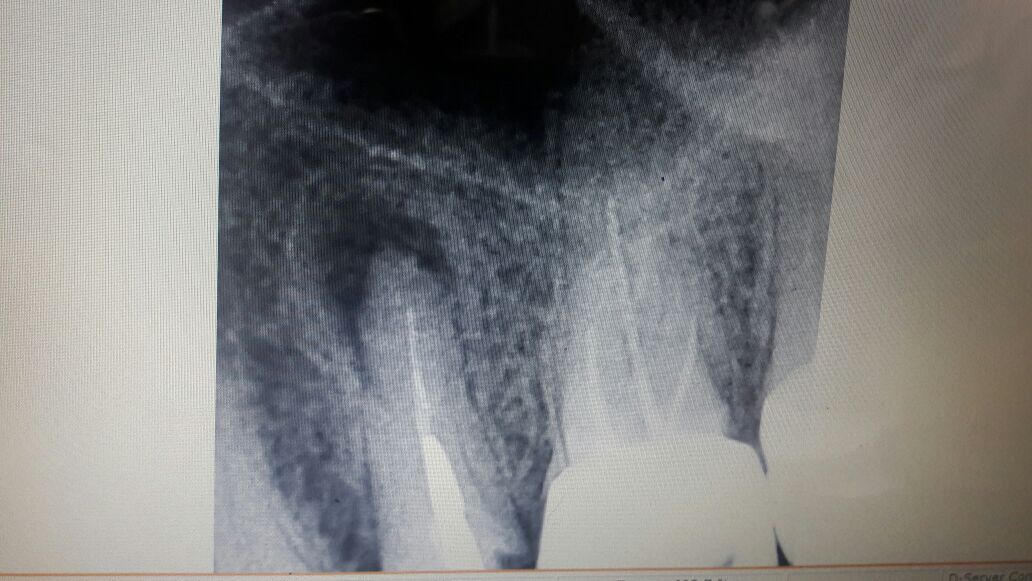Root Canal Treatment
Years ago, a badly infected, painful tooth or one that had significant decay, was doomed to be extracted.Today, a majority of these teeth can be salvaged by a special dental procedure called ROOT CANAL TREATMENT.
There are many reasons that a root canal may be needed but the most common cause is caries (the uncontrolled process of tooth decays.
When tooth decay begins, it penetrates the outer layer of enamel and creates a cavity. If that process is not stopped, the decay will continue towards the nerve of the tooth.
Other causes include a fracture that exposes the pulp, traumatic injury such as a blow to a tooth, a cracked or loose filling or repeated fillings in a tooth and occasionally from periodontal Igum) disease.
At times a Root Canal Therapy is also recommended as a preventive measure.
SIGNS AND SYMPTOMS OF ROOT CANAL
- Throbbing pain in the tooth (especially noticeable when lying horizontal, i.e. in bed at night).
- There may also be a swelling in the jaw.
- The tooth may be painful to chew on.
- Pain on consuming hot and/or cold foods.
- Teeth that are severely worn out.
- An X-Ray often reveals need for a RCT.
A TOOTH TOUR
ROOT CANAL PROCEDURE
CLEANING AND SHAPING YOUR ROOT CANALS
FILLING YOUR ROOT CANALS
RESTORING YOUR TOOTH
After root canal filling the tooth is restored to protect your tooths underlying structures. If your tooth needs extra support, some of the guttapercha may be removed and a post, usually stainless steel or fiber-post is inserted.
- A filling usually silver or a tooth-coloured core materialmay be used to fillthe opening.
- Crown. in majority of cases is usually metal,metal ceramic, metal free (zirconia or porcelain) may be used to cover the root canal treated tooth.
SINGLE SITTING ROOT CANAL
This treatment is done to avoid multiple injections & multiple visits, thus reducing the patient apprehension & saving time.
- Absolutely painless and extremely comfortable.
- Generally completed in a single sitting of half an hour to one hour. Four to seven root canals can be performed in a single sitting.
- Single Sitting Root Canal Therapy can be performed in selected cases only.
DO CHILDREN REQUIRE ROOT CANAL THERAPY?
WHAT HAPPENS AFTER TREATMENT?
ROTARY ENDODONTICS
Root canal therapy is a common procedure for saving damaged or diseased teeth. Retaining a natural tooth is more efficient in chewing and biting and is less expensive than replacing it with an artificial one.
